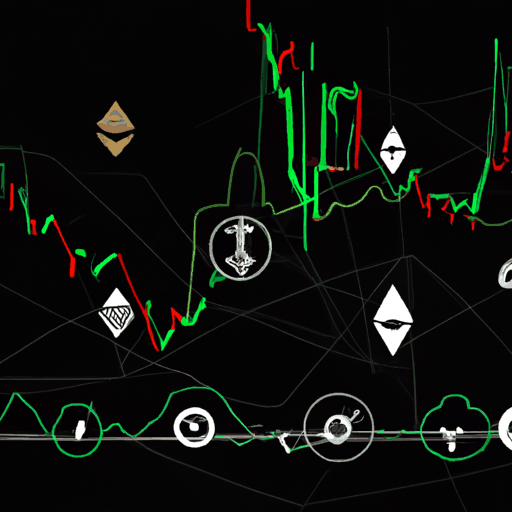
Nvidia Faces Mixed Reaction Amid Surging Revenue and Export Challenges
By: Eliza Bennet
Nvidia, the leading chip manufacturer, has recently released its financial results for the second quarter of its 2026 fiscal year, surpassing Wall Street expectations. Despite impressive revenue figures, the company's performance has been shadowed by concerns over export regulations impacting sales to China. Nvidia's revenue hit $46.7 billion for the quarter, marking a 56% increase from the previous year. This surge underscores the company's resilience and strong market demand, despite the ongoing US-China trade tensions.
The absence of sales to China for Nvidia's H20 processor, due to stringent export controls, was a significant talking point. While the revenue showcased robust growth and strong earnings per share (EPS) of $1.08 in GAAP and $1.05 in non-GAAP measures, investor sentiment has been mixed. The company's profit margin stood at an impressive 72.4%, reaffirming its efficient operational capabilities.
Analysts have noted that Nvidia's success can largely be attributed to its leading position in the high-performance computing and artificial intelligence markets, sectors that continue to experience rapid growth. However, the chip sale restrictions to China, a crucial market, have raised questions about the long-term growth trajectory of Nvidia if such geopolitical tensions persist. This situation has been reflected in Nvidia's stock performance, which saw declines in after-hours trading despite the positive quarterly results.
Nvidia's guidance for the upcoming quarter projects continued strength, although the challenges posed by export limitations remain a substantial consideration for investors and industry stakeholders. As geopolitical dynamics evolve, Nvidia's adaptability and strategic maneuvers in addressing export challenges will be critical factors determining its future path.



